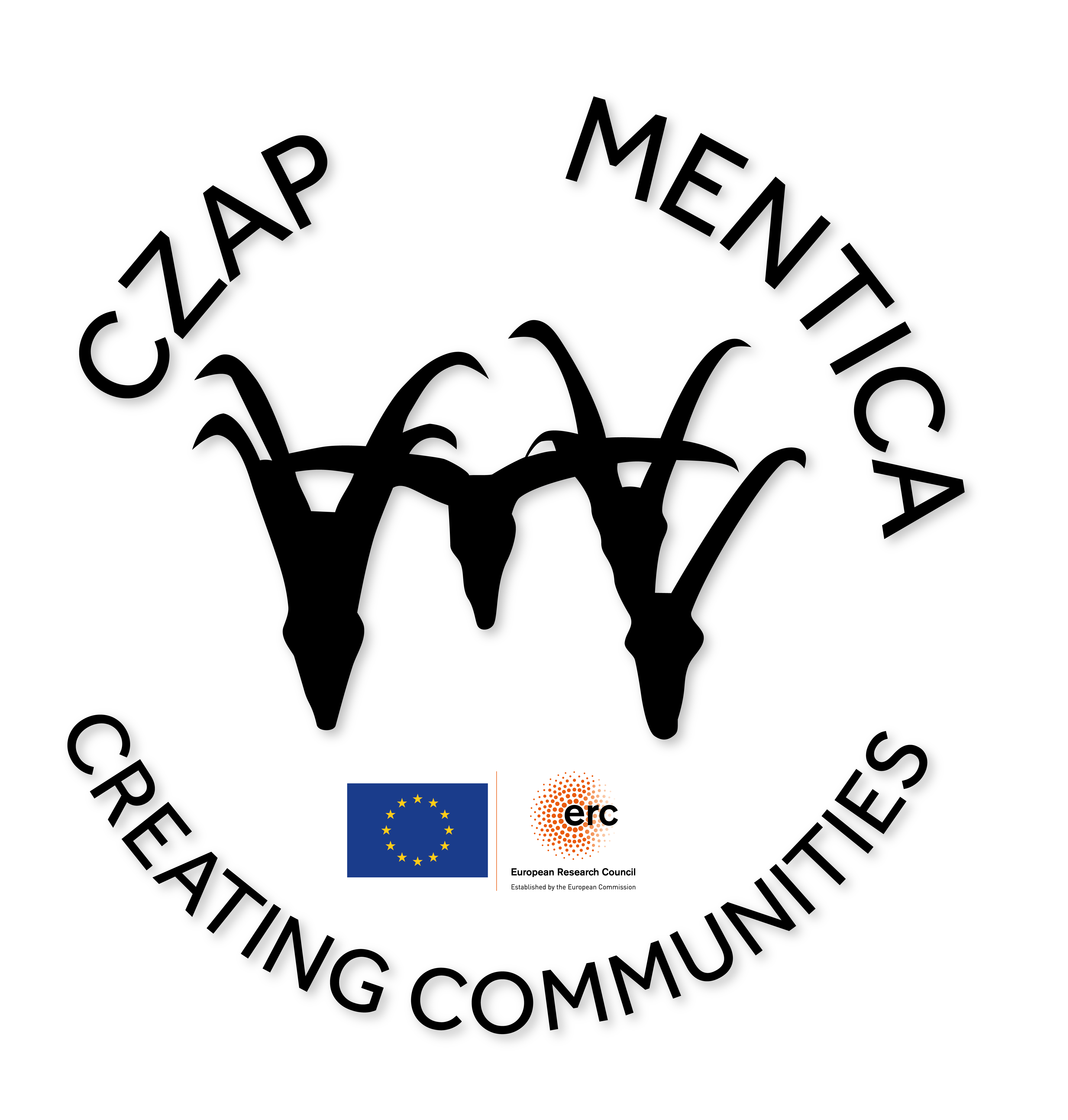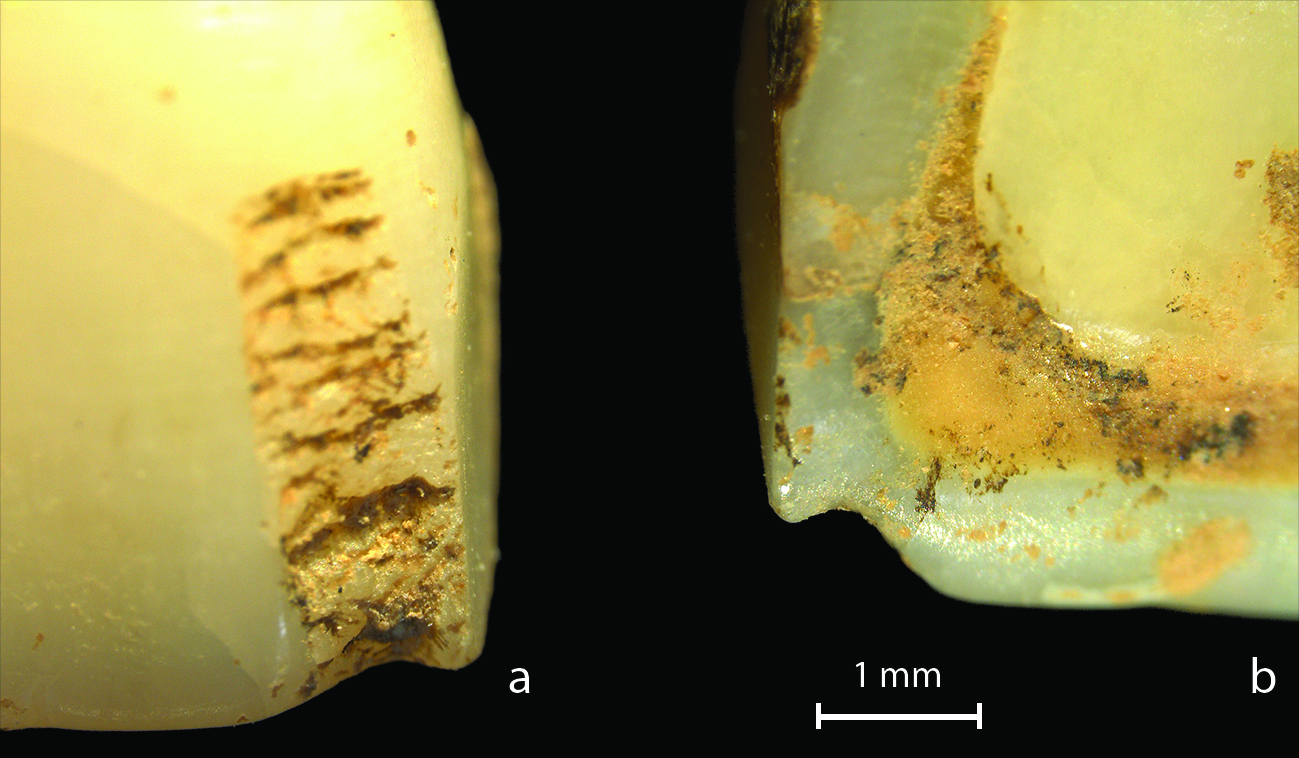Dr Sam Walsh (UCLAN) has published a new article on the dental wear from the human burials at Bestansur. This paper presents the first evidence of extra-masticatory dental wear. Bestansur is a rare, recently excavated burial site of this period in the Zagros region, of Iraqi Kurdistan.
A total of 585 teeth from 38 individuals were analysed for features indicative of activities including: oblique wear planes, notches, grooves, and chipping. The most frequent features were chipping and notches suggesting activities such as processing fibres by using the teeth as a ‘third hand’. Evidence for these wear features was present in both males, females, and in children aged five and older. These aspects of childhood life-course and dentition are rarely investigated. This study adds to our understanding of human behaviours, and socio-cultural aspects of life during this transitional period.
You can read the article here.


